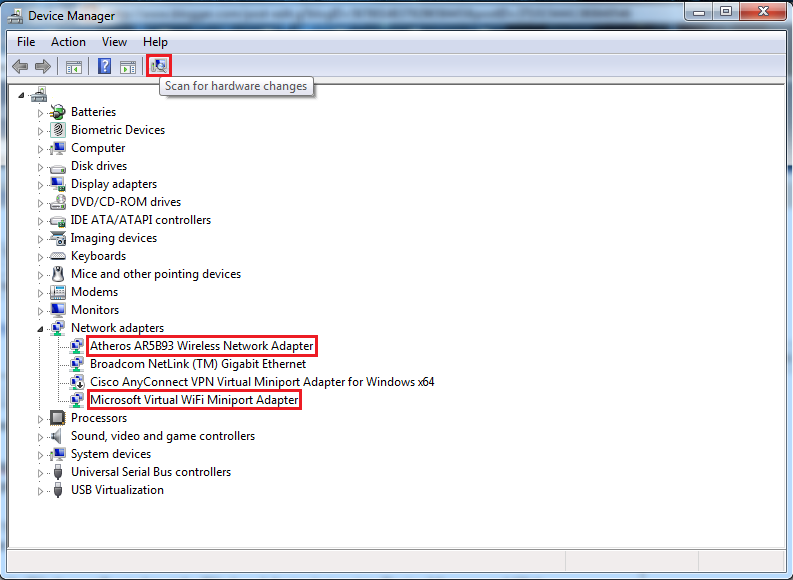

To solve this issue, there are a few things that you should do. There are routers and adapters that can only work on 2.4GHz, and there are some that work with both. This may be confusing, but the letters in the name of your router and wireless adapter after the 802.11 standard have an important role here.

This issue means that even though your router is able to emit at both frequencies, and you have it set up so it does (or the faster, 5GHz one only), you can’t find the network on your computer. One of the most confusing issues is the dual band problem, specifically concerning wireless networks that emit at 2.4GHz and 5GHz. With the constant change of standards and speeds, a lot of users have found themselves confused with the sheer number of available options for wireless connectivity.


 0 kommentar(er)
0 kommentar(er)
